
Hey there Appreneur! Hope the new week is proving to be fruitful.
The last post was kind of technical, but extremely important because now, we’re going to talk about what to do with all those analytical tools that we’ve been recommending.
This segment is called User Engagement. This is not even exclusive for mobile apps or anything, it’s more of marketing 101 – so while technology has a role to play here, your creative muscle needs some exercise to engage the mobile app user.
Now consumers for mobile apps are highly finicky. It’s so hard to keep them from pressing the uninstall button! But why? Well, several reasons really.
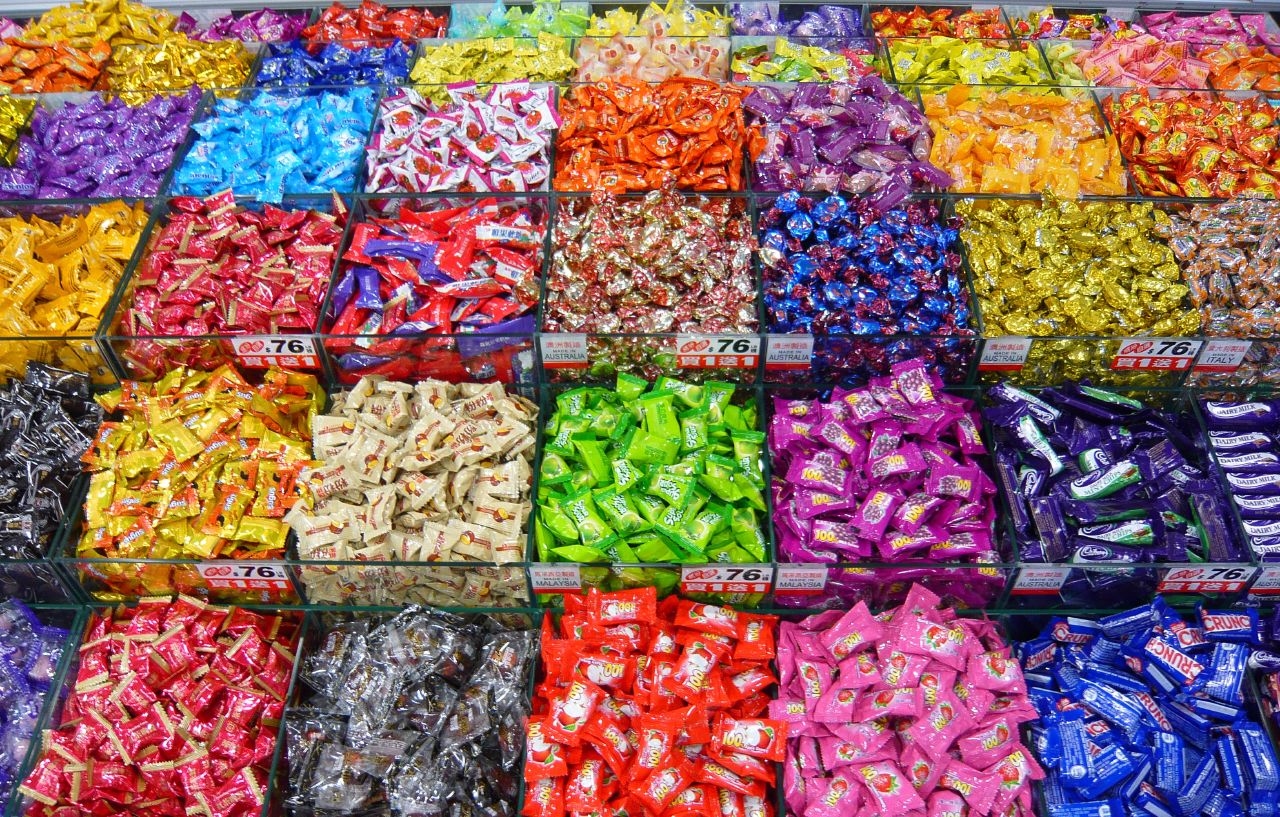
Well I guess this one is pretty obvious. The market is flooded with so many apps, it’s hard for the user to stick to one app if it isn’t anything exceptional. Localytics data showed that many apps — nearly 22 percent — are never used more than once, which is quite a sad amount. Also note that there are many, many apps doing the same thing, which means that you got competition, and for the user, it means they got alternatives.
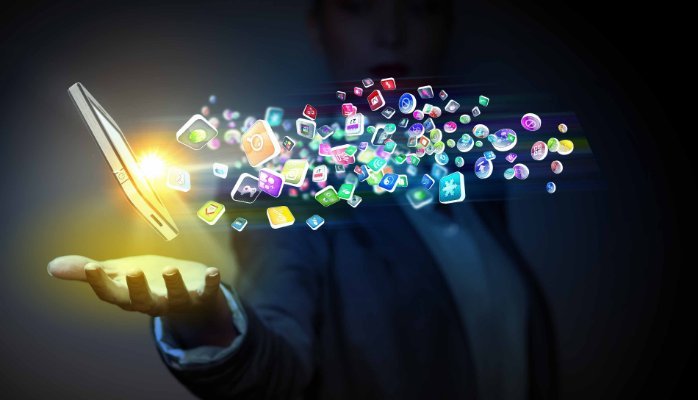
Now User Retention, as we’ve been discussing in other posts, is a very fleeting thing – in that, different types of apps are expected to stay on phones for different amounts of time. For example, take the Amazon app. Now I’m not talking to you compulsive shopaholics out there. For us normal people, we might use the app once or twice a week, or even a month to make those needed purchases, or that guilty indulgence.
Otherwise, the app is mostly stagnating there. For gaming apps, the engagement period is longer – truly addictive games that help the consumer pass their time in transit or leisure will stay right where they are. Utility based apps also stay on for longer, but only if the user really needs that utility, or has been led to believe that he/she needs it. (Wink wink)
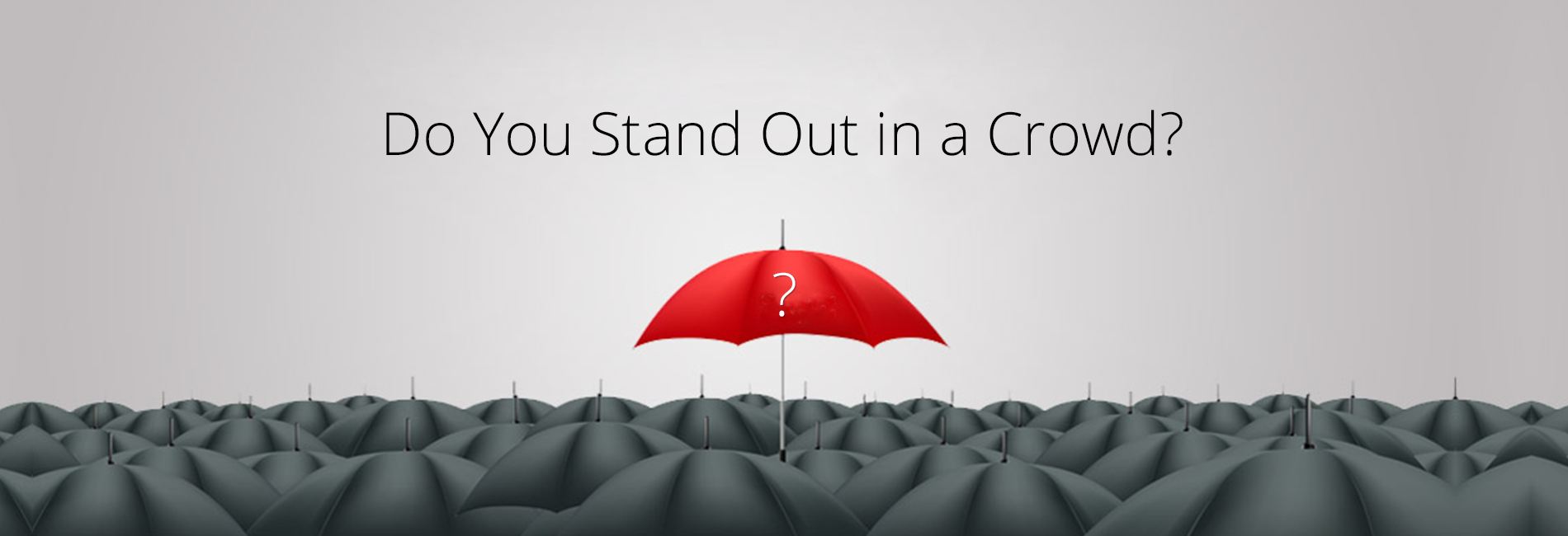
Here, we come to how strong your brand image really is – because that stuff matters when customers choose to keep your app on their phones. This is also linked to app-types because if your service falls within the ambit of sectors that have been termed ‘boring’, then there’s a problem – let’s face it, not many people like doing things related to banking unless you’re planning a heist or something. So, for these ‘boring’ services and companies, it is indefinitely harder to keep the user hooked to their app-based presences.
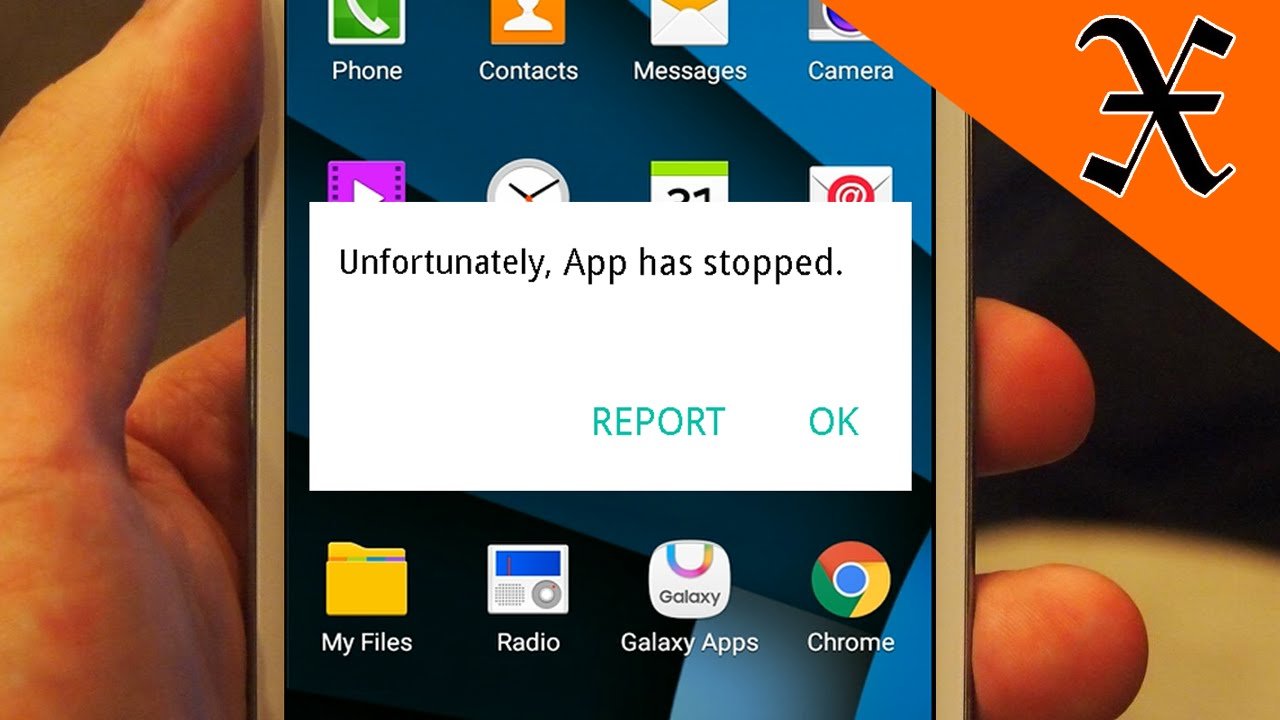
This is the most common one – smartphone penetration might be at an all-time high, but memory and phone-specs still play a role in the user’s choice to uninstall your app. More often than not, memory space can be confined, or their processors cannot run your app with every latent update. So well, that’s still a big factor to be considered.
Now with all these things that don’t help your app’s case, what do you do? Well, time to engage! Let’s outline a list of strategies for you to keep the user engaged.
The greatest social media and advertisement campaigns were made keeping one thing in mind, and that’s none other than user engagement. How does a product carve its way into the user’s hearts, minds and now phones? How did Coke become an integral part of your life? Why did you decide to use only Durex for that steamy night? Or why do you like German Engineering when it comes to cars?
The answer to all these questions is “Brilliant user engagement”. Companies like Marlboro and De Beers have been campaigning in a world where Analytics weren’t as advanced as they are today, and were still doing a brilliantly. Now, with a greater understanding of your user base, I think you should be able to do a fairly decent job with a little bit of creativity in the mix.
So without further ado, let’s look at some strategies and a few examples to give you an idea of what really drives them customers.

Most companies keep talking about how little the attention span is, but nevertheless try involving consumers in ornate, extremely elaborate marketing gimmicks. This obviously does not work! This is also why there is a definite limit on how user intensive you can make your engagement, because the keyword is ‘mobile’ – with that, it means fast, snappy, simple and efficient.

A host of tools we’ve mentioned before can give you this edge – the personalized campaign. A loyalty program, or membership that keeps users engaged on the go is ideal for this, and this is also exactly what Starbucks realized.
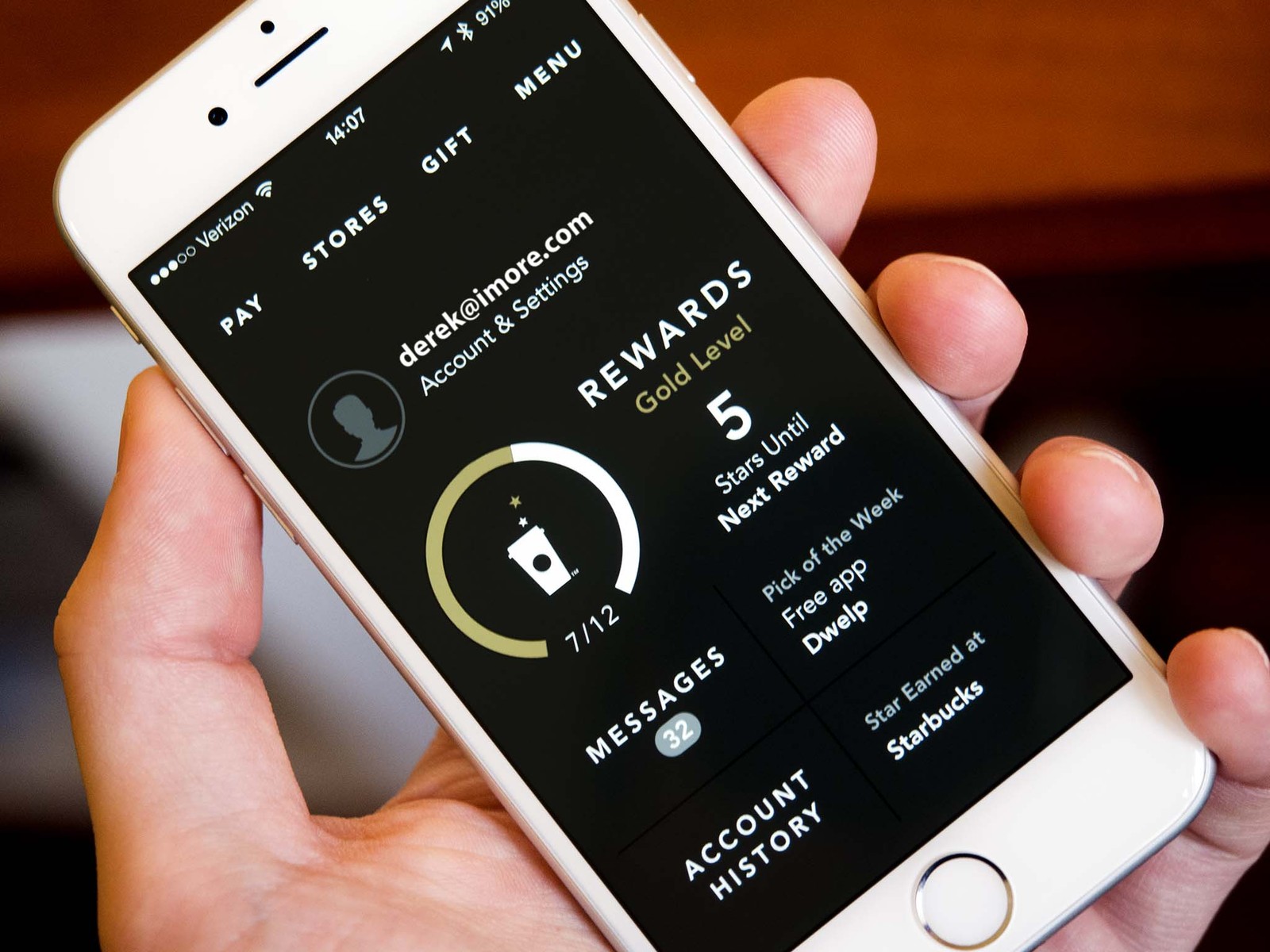
Now Starbucks already has a strong loyalty program with the ‘My Starbucks’ card – in a brilliant move, they simply converted their tangible, paper based program into a digital one with their app. Coupons, offers and a host of other loyalty program features are so much easier on the app, and the user does not have to retain ANYTHING, and simply has to whip out the app to see what their user status is.
In addition to giving discounts and fun offers on their own products, Starbucks engaged with the customers on several levels. App users can also earn rewards for free music and other apps through the Starbucks’ Pick of the Week program – which became a hit – so it’s not just coffee fans who now have an incentive to download it! A pretty sweet deal.
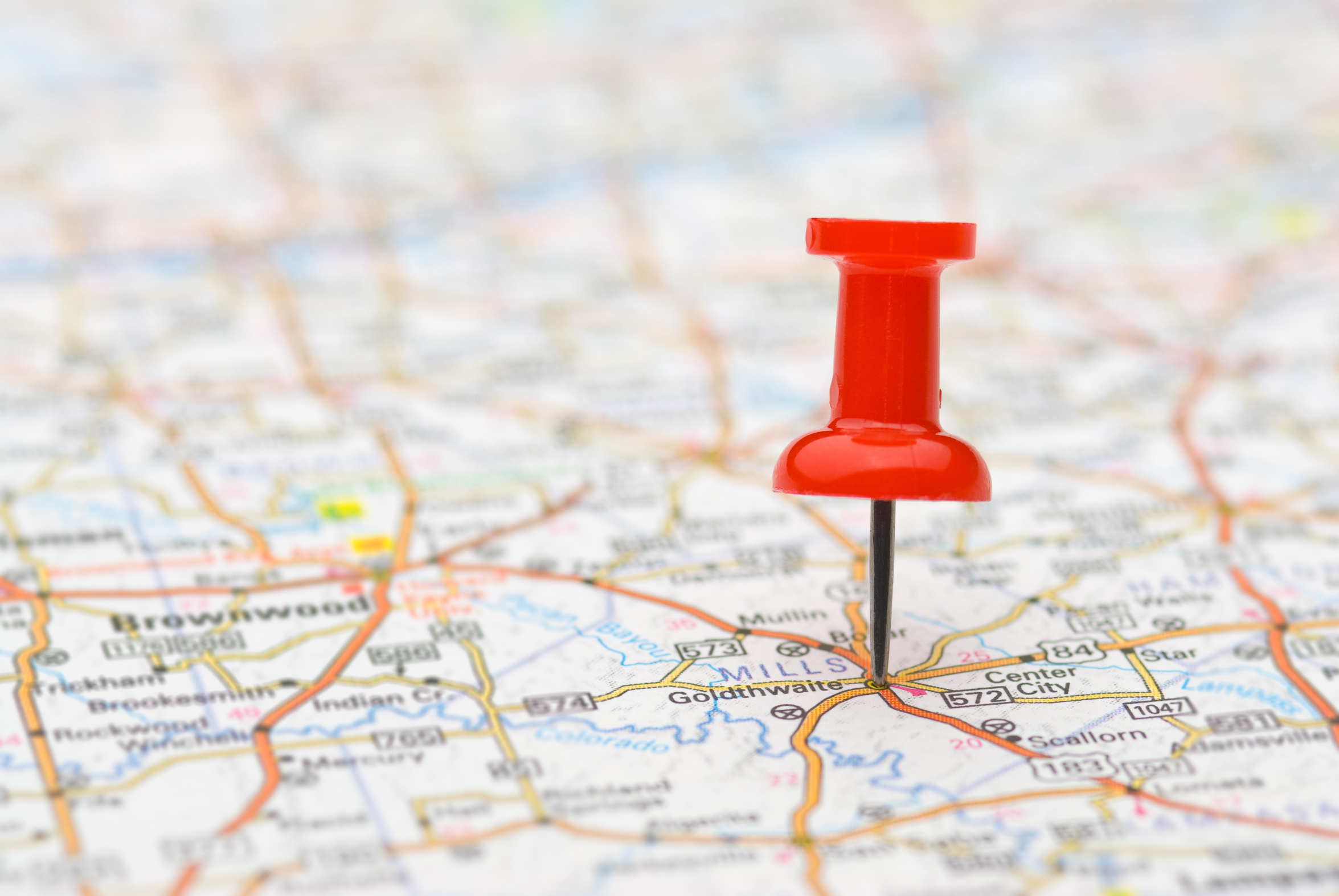
Location Based Services can engage users in a dynamic marketing scheme, with offers popping up in specific locations and timeframes. If the momentary success of Pokemon Go was any indicator, then it was that people love Augmented Reality, and treasure hunts in general – rewards for which can be customized with location services.
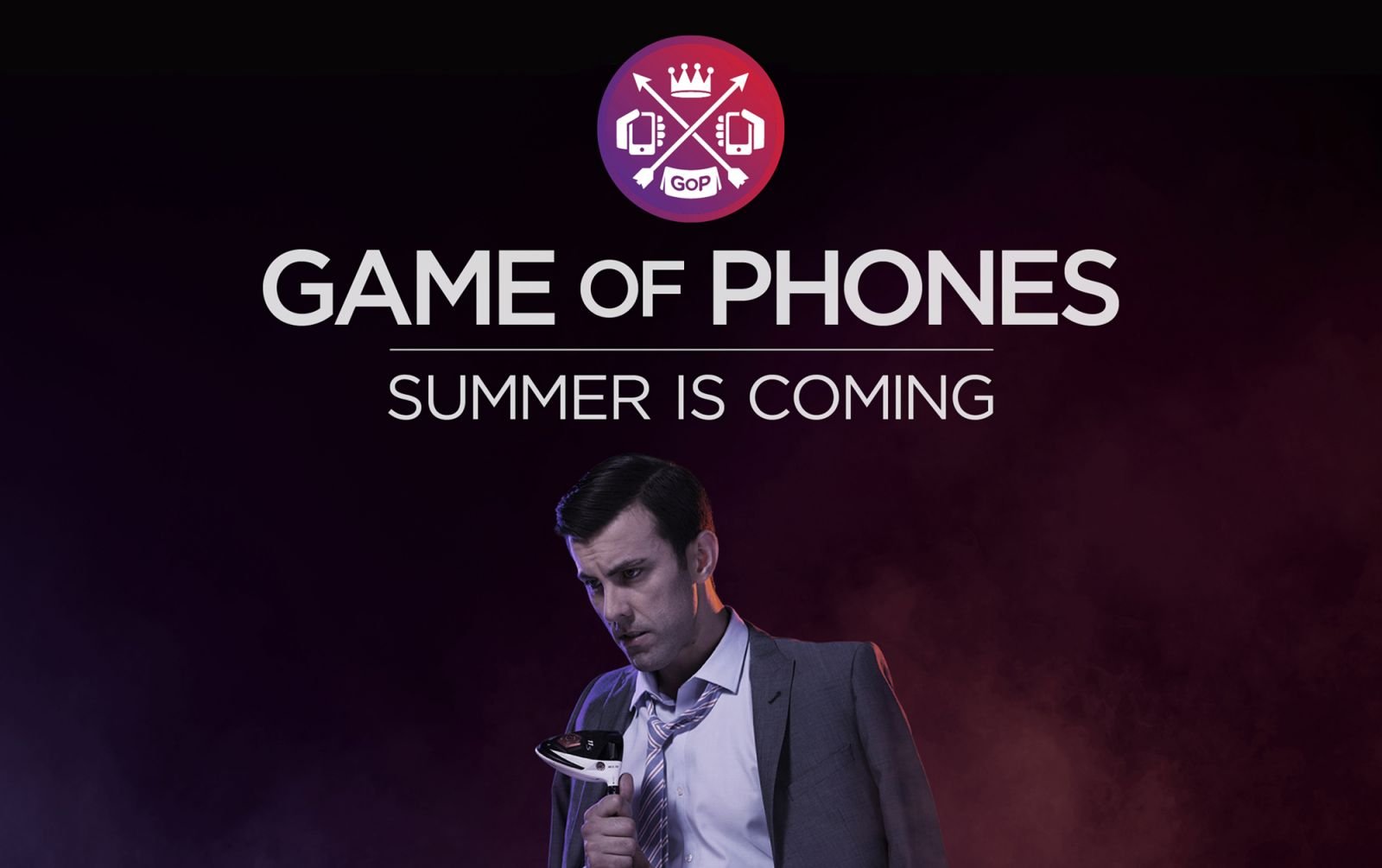
So that brings us to a fun example – The ‘Game of Phones’ campaign by Virgin Mobiles. This also used push messaging very effectively, which is another thing you can use yourself – regardless of whether your prospective customers have your app or not! Virgin Mobile’s campaign had 40,000 users running after each other for over $200,000 in prizes in 2013, and players could protect their prizes for up to an hour by entering a “safe house” which was none other than a Virgin Mobiles Store – they literally shoved prospective and existing consumers in their stalls with location based magic.
The result? Game of Phones to over 2.5 million screen views in three weeks – which if sustained innovatively, can do the same or better for you!

Gamification is the rage now. Remember I was telling you about how games apps, if made addictive enough can retain users for longer? Well if you’re not an exclusively game-oriented app, then make a game around your service!
That’s exactly what KFC did. They created a fun gaming app called ‘Snack!’ where players went through levels as popcorn chicken characters, dodging obstacles in order to reach Colonel Sanders’ mouth.
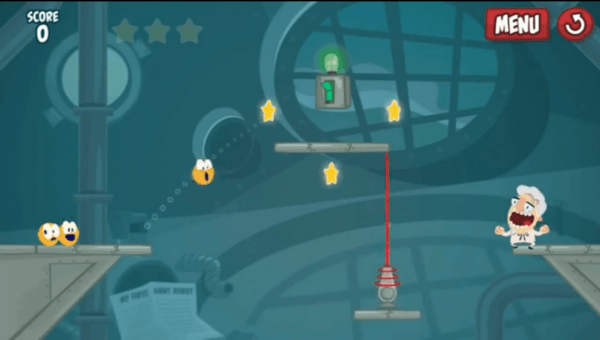
The incentive? KFC food coupons! In one brilliant move, they got users playing the game obsessively, as well as creating rewards that were ultimately feeding their own pockets. The better the game, the more the addiction – but the better the reward – well, sometimes, Gamification can just be an excuse.
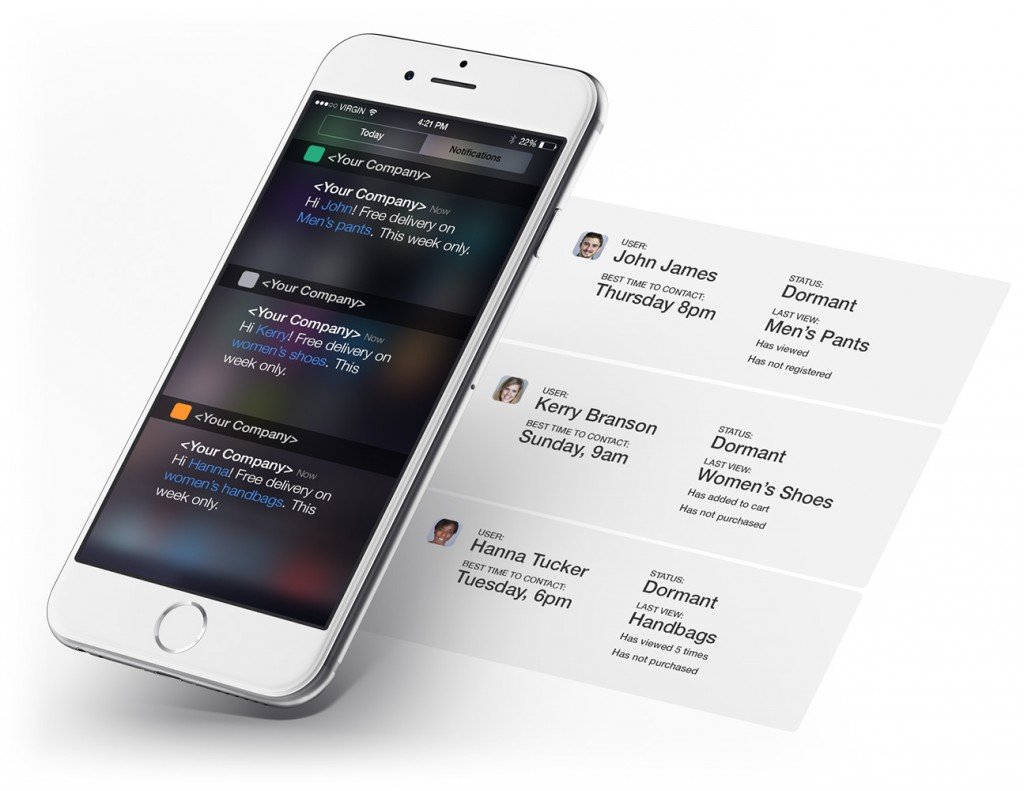
Push Messaging is great. It can engage active, stagnant, prospective – any consumer, really, and can be combined with the strategies mentioned above, like location based marketing and Gamification. In addition, we have its cousin for those who’ve installed the app – In-app messaging. A brilliant engagement strategy is often a potent combination of these two.
In-app messaging is great for communicating with users who are in the app, while push messaging helps you stay in contact with users who aren’t in the app. In-app messages are good for people who’ve not used their app for a long time, and if they have been using it, then personalized, contextual messages are brilliant for continuing that engagement. News about marketing campaigns, promotions, special offers and seasonal sales can all be pushed to the user to make them reconsider what the app is doing there or why they need that app.
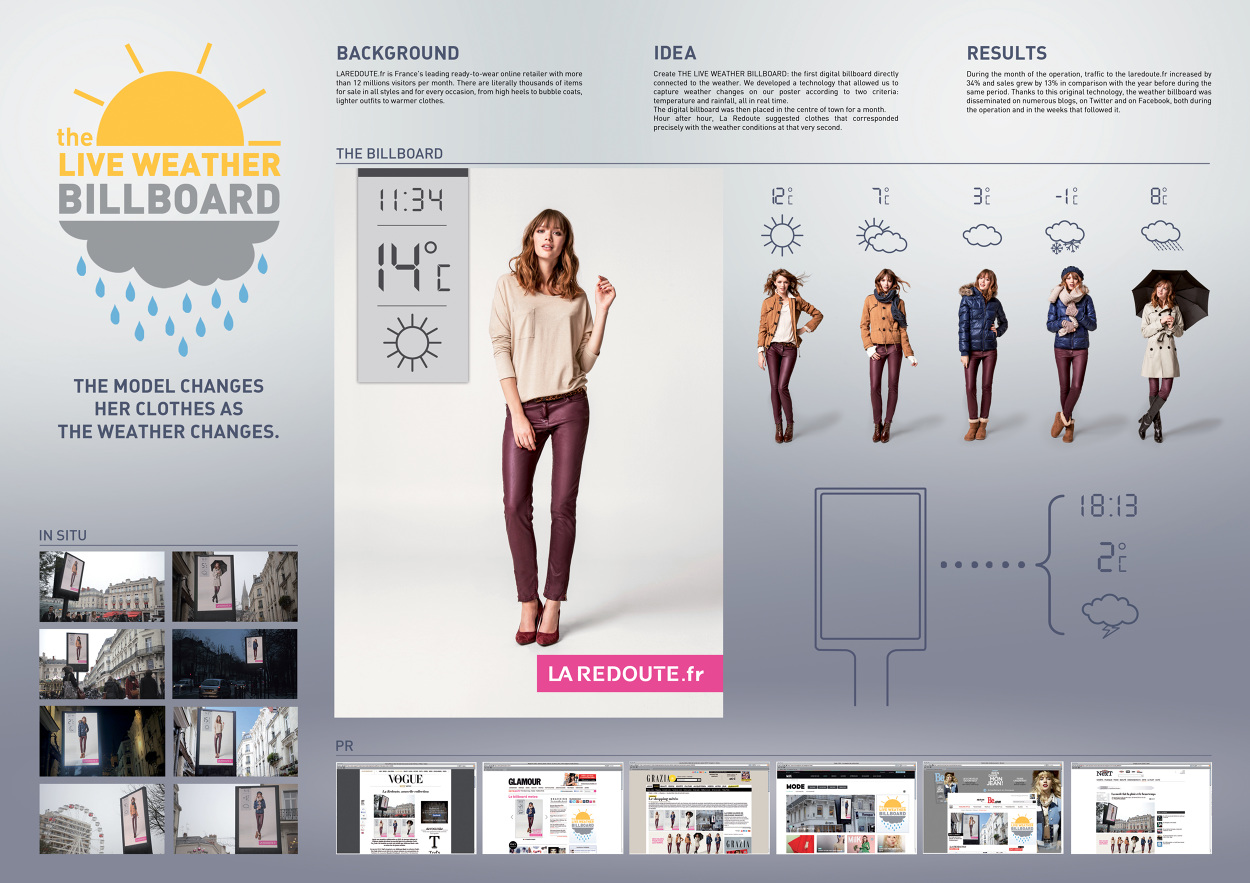
French Fashion retailer La Redoute set up a dynamic billboard campaign wherein the clothing of the model on the billboard changed according to the weather – weather apps and related synchronization helped them clear targets for specific seasons, while also serving as a brilliant reason for users to keep the app and keep browsing with every change in the weather! Simple yet effective.
You think finance is boring? Well, a host of companies are actively using social media to engage consumers in a world that is largely dominated by cold currency, transactions, numbers and technology.
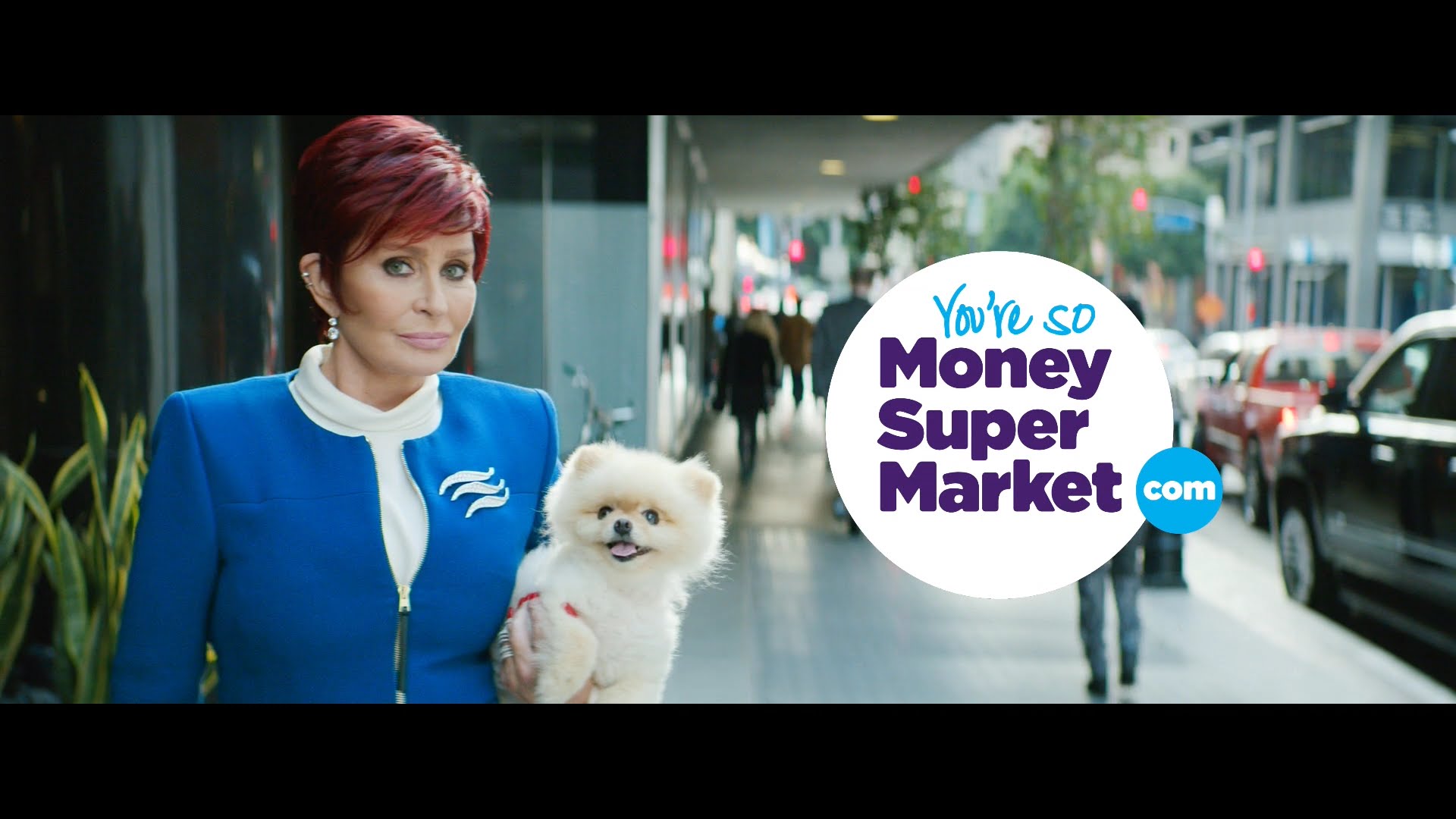
Moneysupermarket.com made it to the finals of the FinTech Innovation Award 2015, with an amazing and funny TV ad, where a mother narrates how her son saved money with the service and her son Dave is dancing through the streets of Los Angeles in shorts and heels. In the first five days of release, the video hit 18,000 shares and has currently reached more than 1,000,000 views on YouTube. They are a price comparison website specializing in financial services. The website enables consumers to compare prices on a range of products, including mortgages, credit cards and loans to select the best offering and save money – normally boring, but now simply funky!
Follow: Top Blog Feeds
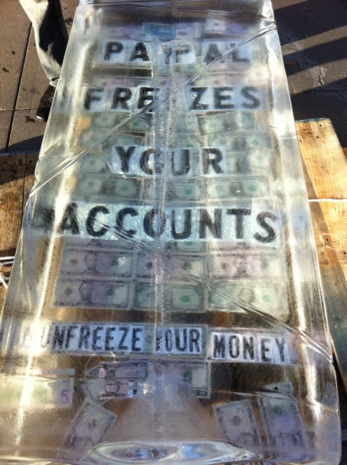
Another worthy mention was that of WePay. They literally ‘dropped’ a 600-pound ice block with frozen money in San Francisco at the PayPal conference, blaming their competitor for freezing the customers’ accounts. The stunt went viral, taking the top positions in tech magazines. By dropping the ice block with money, WePay sent a clear message which was supported by the landing page UnfreezeYourMoney.com. Another brilliant twist.
So you see – using a potent combination of Analytics, Technology like Location Based Services and push messaging, along with Gamification and creativity (the list is seemingly endless) you can utilize a variety of strategies to NEVER let them go close to the uninstall button.
Be smart and think on your feet, and let technology do the rest – is all I have to say, at the end of the day.
Here’s wishing you a brilliant engagement campaign, and I hope this post helped.
See you next time, appreneur! Twerk that brain for all its worth!
